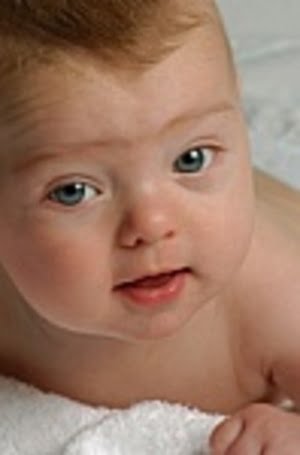Gross motor and fine motor skills are important terms in a child’s development. Understanding what those terms mean are very important and a key to your child’s successful progression.
Gross motor skills are movements of the large muscles in the body; such as arm and leg muscles. These types of movements are easier for a child to control and usually develop faster then fine motor skills. Some of the movements that are considered gross motor are running, walking, skipping, climbing, crawling, rolling over and dancing to name just a few.
Fine motor skills are movements of the small muscles in the body such as hands. These are the hardest for a child to develop because in order to have fine motor skills you have to have really good control over your body. Young children do not tend to have as many fine motor skills as gross motor. Some of the movements that are considered fine motor are writing, pointing, grasping, holding and reaching.
Gross motor development is important part of your child’s development. You can help your child develop these skills by providing activities that encourage large muscle movement. Having small things they can climb, a safe place where they can run or walk and even trips to the playground are great ideas. If your child is younger, encouraging them to roll over, sit-up, to crawl or walk is great ways to help develop gross motor skills. That is why it is important that even a baby isn’t in a baby chair all day or in a swing. Letting them learn and stimulating movement is important for their muscles to strengthen as well.
Fine motor skills can be very hard for children sometimes because they require a lot of control over their bodies. Some of the first fine motor skills you can help your young child succeed in is encouraging them to reach for objects. You will see a lot of baby toys that dangle down and that is because it is meant to attract the child to reach for things. My favorite fine motor development activity for young children is feeding them cheerios. While they are sitting in a high chair placing cheerios for them to reach for is a great way to stimulate movement. Older children develop fine motor skills by writing, drawing, painting, putting puzzles together, etc. You will notice as children get older their toys get smaller and that is because they can manipulate things easier. Puzzles for infants usually have handles on them, then the handles disappear and it is only 5 or 6 puzzle pieces, and as a child gets older pieces get smaller and have more intricate shapes.
When working on your child with either gross or fine motor skills it is important to keep in mind that each child is different. Your doctor can tell you what benchmarks they should be reaching and what age. Giving something that is too hard for your child to do will only cause frustration and the child will become uninterested. You want activities that are challenging but not impossible. This is why play is so important for a child!




